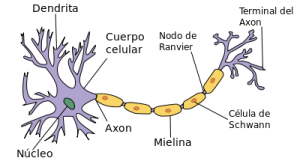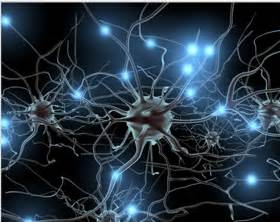Neuroplasticity is the ability of the nervous system to modify its functioning and to reorganize itself during the stages of development and after a brain injury through experience and learning in response to the activity.
After suffering an Ictus or a traumatic brain injury, different mechanisms of neuroplasticity are activated that will produce changes in the short and long term.
The initial recovery (early days) is due to phenomena such as the reabsorption of edema, the opening of collateral vessels to the injured that guarantee cerebral irrigation and the awakening of pre-existing neural connections that were latent.
After a few weeks or months, brain plasticity processes like:
– dendritic growth (receptive parts of the neuron that are essential in the transmission of the nerve impulse)
– the formation of new synapses (connections between neurons)
– changes in the functioning of damaged areas
– increased activity of parallel pathways to the injured.
Thanks to these mechanisms the nervous system is reorganized to be able to maintain and recover the gait capabilities, the mobility of arms and legs, the ability to balance, etc.
But we must watch that the ability to reorganize the brain does not lead to problems such as spasticity or neuropathic pain, as these can harm us.
Therefore, it is very important that from the beginning we start with rehabilitation and continue for years to take advantage of these neuroplastic capabilities that will help us regain function and autonomy in the activities of daily living. In addition to curbing the onset of phenomena such as spasticity or neuropathic pain.
This ability that the nervous system has to adapt is infinite, it is known to decrease with age or over time after injury, but it does not run out, so we should not underestimate the capabilities of the nervous system.
As therapists it is very important to take into account where the injury has occurred, how long it has been and how it has worked so far to be able to plan therapeutic goals and practice new ways to achieve these goals in order to stimulate the creation of new connections.

